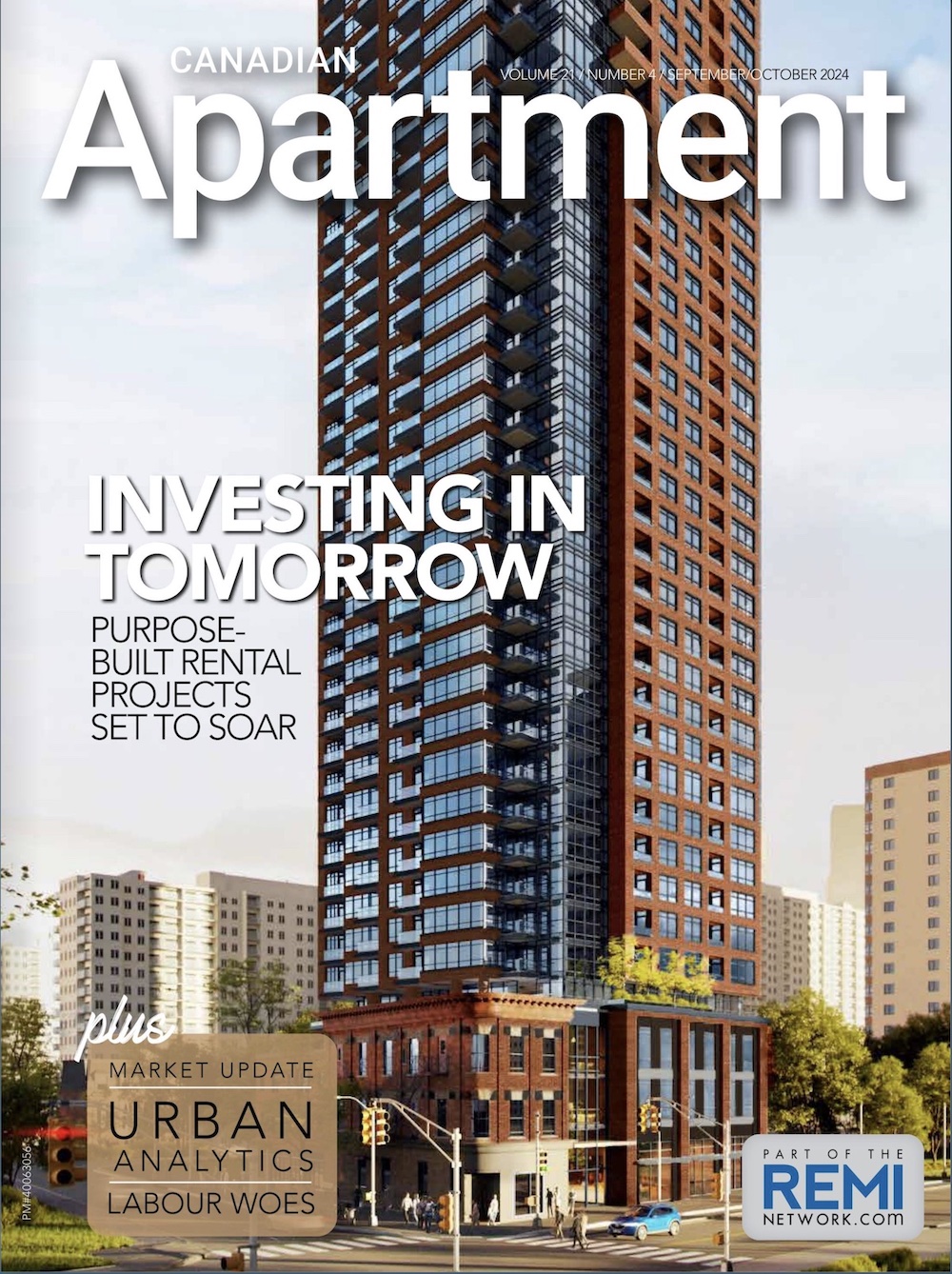The rapid pace of innovation in the real estate industry has given rise to disruptive technologies. In recent years, the market has started to shift nearly every aspect of the rental process, from standard communications to leasing applications. The digital transformation has affected all stakeholders in real estate.
With this immense transition, modern marketing technologies have changed as well. Real estate investors and property managers now have access to novel tools that help them outpace the competition. Through the latest systems and software, they can attract attention to their rentals and increase occupancy rates.
Of course, this isn’t sudden, and early innovators like Zillow and Trulia have been providing real estate information online for some time. That said, newer innovators have taken a different approach, expanding on earlier marketing technologies and methods. They’ve harnessed data to enhance analytics while increasing efficiency for apartment seekers.
In 2019, marketing technologies have only continued to improve. Real estate professionals have a wide variety of advanced options to assist them in achieving their goals. This article seeks to explore and examine those options, assessing the value of the marketing solutions available today.
Mobile apps for listings
More than 90 per cent of people searching for their next place to live look online first, and more than 60 percent browse on mobile. This statistic speaks to the importance of digital literacy for investors and property managers, capitalizing on apps that have made the search process faster and easier.
Oliver is only one example of a real estate startup that has empowered tenants through technology. The group has launched a platform that seamlessly connects renters with apartments, simplifying the experience for everyone involved. The way the app works is comparatively simple and straightforward.
By aggregating real-time rental inventory directly from landlords and property managers, the app enables renters to browse and filter listings, schedule showings and use a calendar feature. The removal of inefficiencies and third parties has created convenience for both real estate professionals and those they serve.
3D architectural renderings
Virtual staging is a valuable asset that assists in the presentation of a property. When a potential tenant is browsing rentals online, a real estate professional can use the software to illustrate various aspects of a building and the surrounding area. Developments in 3D architectural rendering have refined this strategy.
With 3D architectural rendering, real estate professionals can now show how a property will appear after any necessary repair work wraps up. Clients can also see what the interior of a property will look like with rugs, furniture and wall hangings. It’s a technical advancement that allows apartment seekers to envision themselves within a space.
As an example, real estate professionals who are marketing units under construction or renovation can quickly illustrate proposed modifications to existing plans, showcasing listings before they’re available for in-person viewings. A few clicks of a mouse can create a 3D image, reducing the chance of human error as the project proceeds. No guesswork is necessary.
Drone photos and videos
With the approval of drones for commercial use, they’ve seen adoption across a diverse range of industries. Real estate professionals have started to employ them for aerial photography and videos, an affordable way to better market their listings. However, this type of aerial imagery wasn’t always as accessible.
Before drones, real estate professionals collected aerial photos via satellite imagery. They would also hire airplane and helicopter pilots for brief, expensive sessions. Now, companies provide drone photography and videos for far less money, making it easier for investors and managers to advertise their properties.
Consider some of the benefits of drones for marketing purposes:
- Ideal for large properties that don’t photograph well from ground level
- Captures a greater expanse of land and brings attention to surrounding features
- Helps buyers get a stronger sense of what a property “feels” like
- Even with these advantages, drone technology has downsides. Among these drawbacks, residents in neighbouring properties have raised the issue of privacy. Real estate professionals who choose to employ drones should speak with those involved and seek their approval before proceeding with photography.
Real estate chatbot platforms
Chatbots serve as digital representatives who answer questions on behalf of landlords and property managers. When they’re not working — at 1 a.m., for example — a chatbot can take their place. Those who are too busy in their day-to-day lives can delegate some of their responsibilities to these bots.
With improvements in artificial intelligence, chatbots can now learn based on customer inquiries. They can synchronize with additional data, communicate more conversationally and respond to questions with greater precision. In today’s digital landscape, these bots have proven valuable.
As context, 51 per cent of people say they want companies to answer their questions and concerns 24 hours a day. Additionally, 49.4 per cent of people would prefer to contact a company through messages, rather than through a phone conversation. A chatbot covers both of these areas, acting as the perfect assistant.
Several chatbot platforms are presently on the market, including:
- Structurely provides two platforms for real estate professionals, “HomeChat” and “Holmes”
- X.AI can determine the best time and location for meetings, adding an invitation to the user’s calendar
- Botsify integrates a chatbot in Facebook Messenger, which has more than 1.2 billion monthly active users
- No coding skills are necessary for the integration of a chatbot. Many of these platforms don’t require real estate professionals to have any knowledge of programming whatsoever. With this in mind, investors and property managers should consider the value of these systems for initial communication.
The future of real estate marketing
The rapid pace of innovation in real estate has given rise to disruptive technologies, and the four examples above are only a fraction of the larger picture. As real estate professionals move through 2019 into the next decade, they should evaluate the potential of these systems and programs for their rentals.
Whether they choose to integrate drone photography and videos, chatbots or 3D architectural rendering, it’s critical to keep current with the latest techniques and marketing methods. In doing so, they’ll remain relevant in an increasingly connected industry, evolving with each passing year.
Holly Welles is a freelance writer covering real estate trends for Rental Housing Journal, Apartment Guide and other web publications. More of her work can be found at www.therealestateupdate.com







Very nice article. helpful for me and I’m interested to read your article because of its very nice and understanding points and work. keep it up…
Very nice article. helpful for me and I’m interested to read your article
I am 3D Visualisation Service provider.